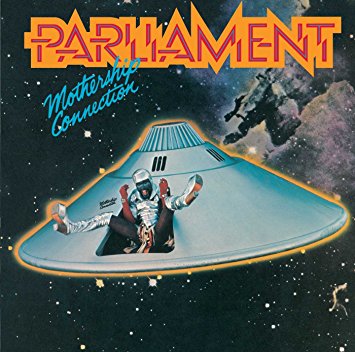In an older post of mine entitled “Everything Comes from the Fractal” I discussed the role of the fractal within African culture as well as the way, it applies to the controlling ideas and subjects featured in the literature we have read throughout the semester. In this post, I plan to expand upon this and demonstrate an example of one of the fractal thru-lines present in the last The Last Angel of History. This movie, while cheesy and dated gives a vivid example of a “fractal” that presents itself in music, art, and literature. Continue reading “Fractals in Motion”
Power In The Internet; An Artist’s Dilemma
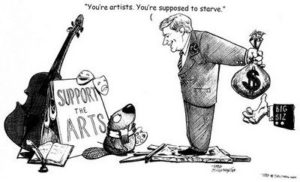
Art is both extremely appreciated in the world and under appreciated; while there seems to be a public interest in art and what art can do for people, there is an obvious lack of interest in the funding of those who create—fortunately, there exist ways of leaping over that boundary today.
There two particular reasons for the difficulty pursuing a career in art and succeeding: there are a lot of people trying to pursue this career path and there are only a limited amount of opportunities for financial stability as an artist—though with things like the internet, artists are certainly gaining more chances to pursue art and succeed financially. Beyond the help of the internet, there has been one position that has helped musicians and artist pursue their desires for a fairly long time known as teaching.
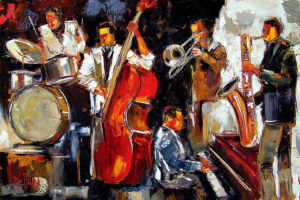
The life of most musicians and artists today consists of a constant grind and combination of making connections, gigging or performing, and teaching—typically, the most stable part of this combination is teaching. The option to teach is a gift which enables musicians to support themselves financially as they try and pursue the creation of music or visual art, as well as the continuation of the music tradition—of course, there also exist those who want to teach the future generations the tradition of art.
Continue reading “Power In The Internet; An Artist’s Dilemma”
Inspirations
Writing my blog post about the connection between Vachel Lindsay’s poem The Congo: A Study of the Negro Race and Victor LaValle’s The Big Machine led me to think about the other inspirations behind the novel. Continue reading “Inspirations”
Angels from the Congo
Throughout reading Victor LaValle’s The Big Machine, I had questions regarding the Devils of the Marsh, Solomon Clay, and how everything in the story tied together. Working in groups after finishing the book today, I found that a lot of us were still trying to piece together what it all meant. However, once our wheels started turning, connections kept coming and we ultimately found what we believe are the answers. Continue reading “Angels from the Congo”
Bloodchild and A Wrinkle in Time
Octavia Butler’s piece Bloodchild disarmed me when I first read it. The way that T’Gatoi would speak to the narrator was something that disturbed me, and the idea that the male narrator would end up carrying an egg for T’Gatoi, in a situation where the affirmative consent was unclear, frightened me deeply. What made the story more concrete in my head was the thesis that this story was not about slavery, but was drawing from an post-apacolyptic future where aliens landed on Earth and humanity had to negotiate with the aliens on Earth already. Bloodchild could be based in past events and conflicts, such as colonialism, but the vision is ultimately based in a future, a time far away from now.
Bloodchild is futuristic both in content and authorial vision, but throughout reading Bloodchild and Big Machine (which I have talked through in depth in the linked posts above), I have been thinking of the very first science fiction/fantasy novel that I read long ago. This novel is A Wrinkle in Time by Madeline L’Engle.
Dance, Dance, Dance
I am a dancer. Kind of. I mean I dance in my free time, and when nobody is watching. But, up until recently I wouldn’t have described myself as a dancer. I probably would have winced if I was called one and tried to deflect. But that slowly began to change recently. It all started with a class with Professor Mark Broomfield. We were told to wear comfortable clothes for the class, so I was already on edge on what the class would entail. When I first entered the classroom, I was a bit annoyed at the prospect of having to dance in public and the fact that I was not sure what type of dance we’d be doing only made me more concerned. By the time we finished the class however I felt comfortable in my own space and in my own movements and I felt like I had a lot to consider about myself. Continue reading “Dance, Dance, Dance”
Sons of New Orleans: An Account on Katrina
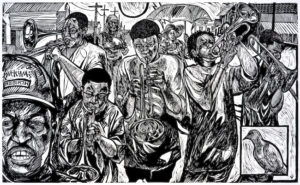
This post will serve as more insight into the lives of the people from New Orleans and how they were affected by Hurricane Katrina, specifically from the perspective of a New ‘Orleanian’. I talk about Wynton Marsalis, a huge influence from New Orleans on the Jazz music created today—Marsalis is an American virtuoso trumpeter, composer, teacher, and the director of Jazz at Lincoln Center in New York City. I also discuss Steve Prince’s perspective briefly and his public thoughts on Hurricane Katrina—I refrain from extreme detail on their personal accounts, because I find it difficult to use their personal accounts on such a tragic and impactful event.
In 2005, the natural disaster Hurricane Katrina hit the United States; on August 29th 2005, the center of Hurricane Katrina passed southeast of New Orleans. The event was a travesty; Katrina impacted the United States, and of course those who were born in New Orleans. It was a significant loss to our history, our culture, and of family. Of the people who were impacted by the event, many were artists including: Steve Prince and Wynton Marsalis. Both individuals, as sons of New Orleans responded to the event; Prince responded with his words and art and Marsalis responded with his words and music. Continue reading “Sons of New Orleans: An Account on Katrina”
The Doves
“In Genesis 8:8—12, after the ark has landed on the mountains of Ararat, Noah sends out a dove three times to see how far the flood waters have receded. The first time it found nothing and returned to the ark. The second time it brought back an olive leaf, so Noah could see that God’s punishment was over and life had begun again on the earth. (The image of a dove holding an olive branch continues to be a symbol of peace to this day.)The third time, the dove did not return, and Noah knew that it was safe to leave the ark. A similar flood story is told in parallel passages in the ancient Babylonian Epic of Gilgamesh. There, too, the hero sends out a dove, which returns to the ship unable to find a perch. In fact, from Ancient Near Eastern records to nautical practices as recent as the 19th century, sailors the world over used doves and other birds to help them find and navigate toward land. So, while Noah made use of an ancient sailor’s trick, the dove came to represent a sign from God.” -Biblical Archeology Society
In class a few weeks ago, Dr. McCoy split us into three groups. Within our groups, we discussed Prince’s artworks, each group focused on a few pieces and gave a mini-presentation on what we talked about. My group focused almost completely on two pieces, “Second Line Rebirth” and “Requiem for Brother John”. These two pieces interact with each other, “Requiem for Brother John” comes first and “Second Line Rebirth” comes next.
GENE『S』EO: The Myriad of Navigating Geneseo’s Binaries [6]
I watch a dim blue light hit the Union Ballroom stage. As the blue light shapes the darkness, Suji Lee runs on to the stage, wearing a green hanbok (조선옷); her face red. The girl runs over to the shaman, shrouded in a black cloak.
The shaman looked away as Suji ran over to her. Suji approaches her partially out of breath.
Suji says, “Please Wul Hwa you can’t do this to me! None of you can do this to me! That was my true fate and becoming you isn’t! Please, I just want to be happy!”
Wul Hwa smiles in response and turns to her. She says sarcastically, “Suji, what a nice surprise.” Just as she finishes that statement she turns away, beginning to exit the stage. Wul Hwa had nothing more to say to the doomed girl.
Suji cries out, “No please, don’t go!” Wul Hwa turns around one last time and looks at Suji. Then exits the stage into the backstage corridor. As the shaman exits, Suji falls to her knees and cries.
Another girl, Hebin, walks on to the stage, a red ribbon in her hand. The red thread of fate…
Hebin approaches; she was wearing a pink hanbok. Hebin reaches Suji Lee and starts tying the ribbon around her arm. Suji stops crying and goes to grab the red ribbon, but Hebin does not let go. Suji looks over Hebin and then lifts up her head.
“Hebin! It’s you! It’s always been you!” Suji exclaims. Hebin and Suji meet eye-to-eye before embracing each other in a loving hug.
The lights dim into darkness and the crowd erupts into cheers and screaming. Me and the others in the back smile and hold back laughter as the crowd roared in enjoyment.
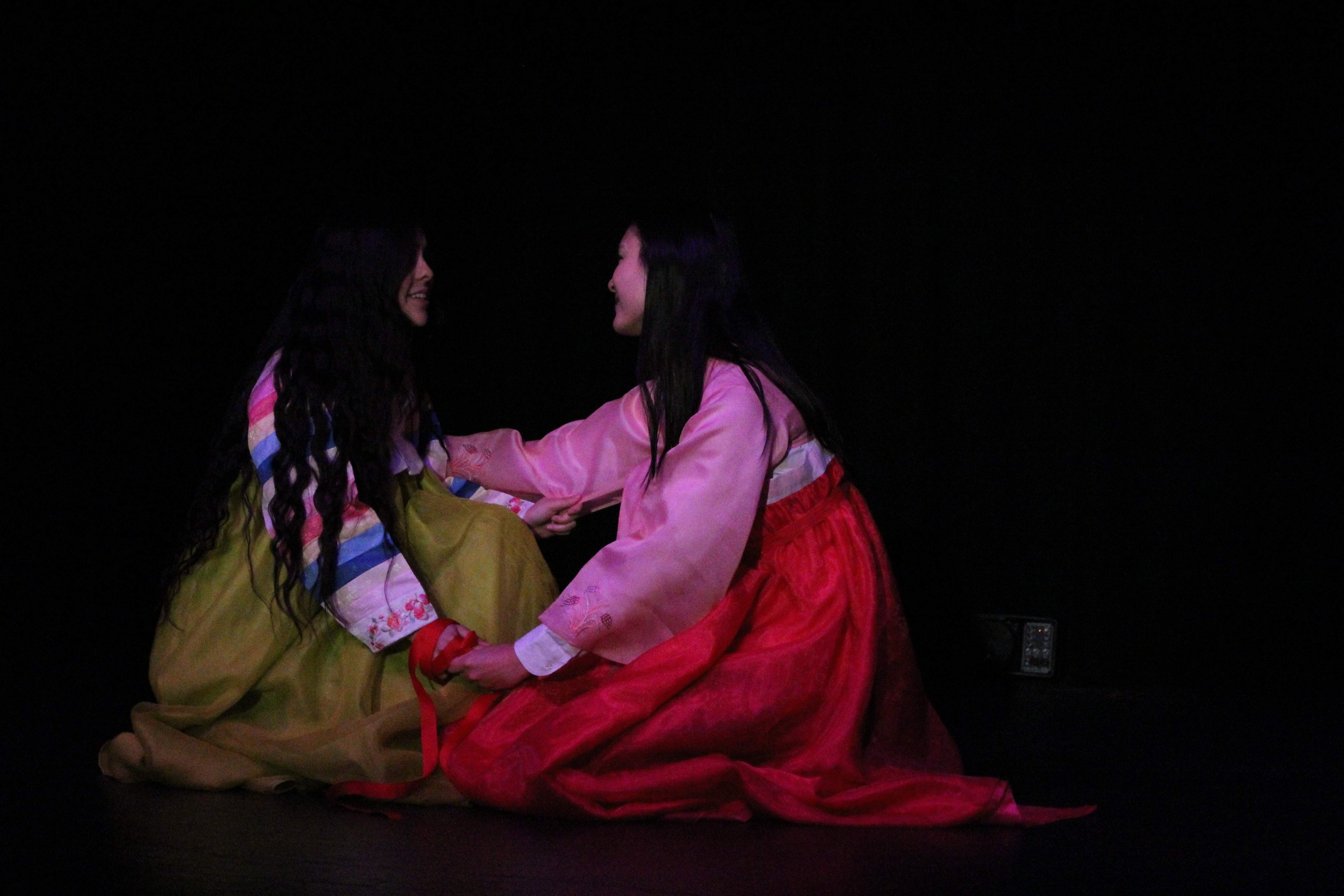
Continue reading “GENE『S』EO: The Myriad of Navigating Geneseo’s Binaries [6]”
To Seek Discomfort
The state of uncomfortability is something most people are afraid of, it often 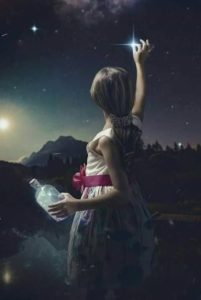 restrains their actions and subsequently limits them from all the possibilities they may take. There are many paths and decisions that people can make; if half of those decisions are cut off prematurely because of a fear of discomfort, we would lose half the opportunities we have. This fear of judgement and failure we create is simply a protective barrier keeping us from the opportunity to grow—I don’t discredit fear, as it is a natural feeling, but I believe taking power over our fear of an uncomfortable situation can be empowering. In order to take full advantage of our options, we must seek discomfort.
restrains their actions and subsequently limits them from all the possibilities they may take. There are many paths and decisions that people can make; if half of those decisions are cut off prematurely because of a fear of discomfort, we would lose half the opportunities we have. This fear of judgement and failure we create is simply a protective barrier keeping us from the opportunity to grow—I don’t discredit fear, as it is a natural feeling, but I believe taking power over our fear of an uncomfortable situation can be empowering. In order to take full advantage of our options, we must seek discomfort.
Continue reading “To Seek Discomfort”

